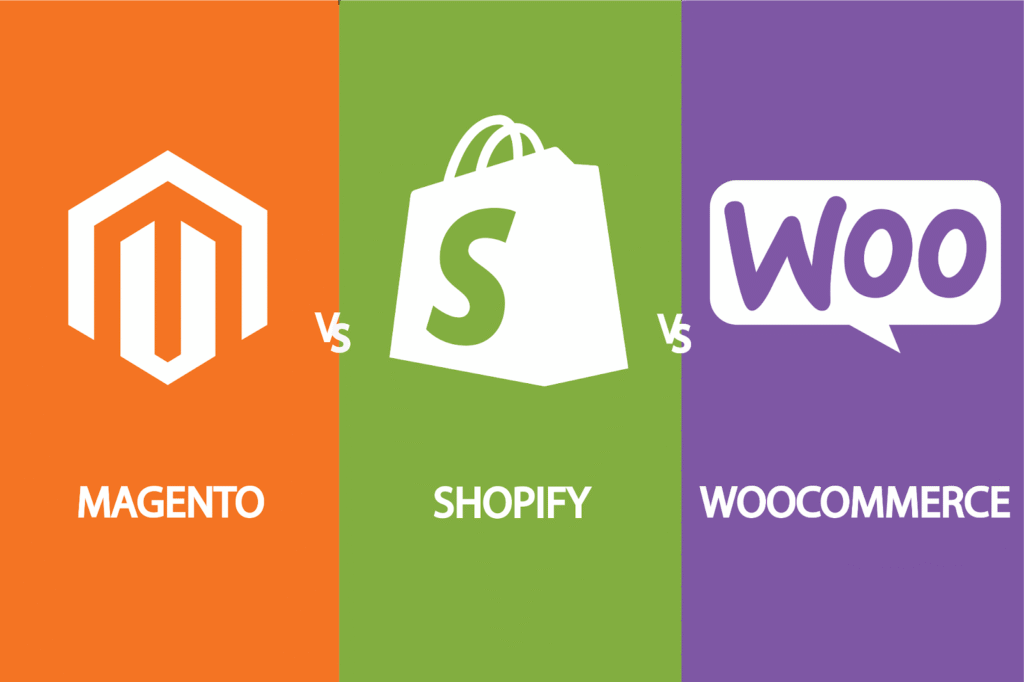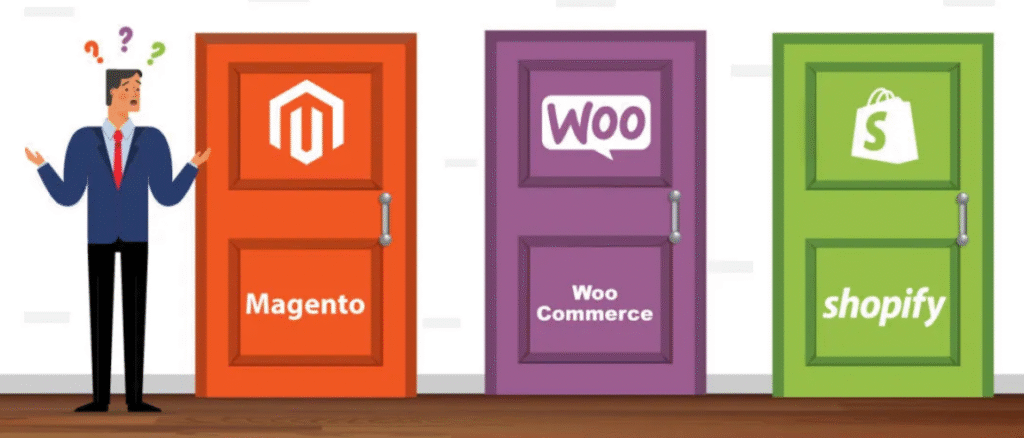How to Choose an eCommerce Platform: Shopify, WooCommerce, or Magento?

Launching an online store begins with choosing a platform, which determines the success of the business. Competition is high in the US and European markets, and the wrong decision can limit growth or increase costs. Representatives of the company https://dinarys.com/ offer to understand the issue in detail and choose one of the best options for online trading: Shopify, WooCommerce, or Magento.

Why is the choice of platform important for eCommerce?
The platform affects how customers make purchases, whether the site can withstand the influx of orders, and how much you spend on its support. The wrong choice means a slow site, limited functionality, or expensive modifications. In the US and Europe, buyers want fast and convenient shopping, so the platform must be top-notch. Here’s what to consider:
- Business growth. Can the platform handle thousands of products and visitors?
- Simplicity. Is it possible to manage a store without coding skills?
- Flexibility. Will the platform allow you to add unique features?
These questions will help you choose a platform that will not let you down in the future.
Shopify: what’s good and what’s not so good
Shopify is a favorite of small businesses in the US and Europe because you can launch a store in a couple of days. At the same time, it may be too cramped for large projects. Here are its features:
- Easy start. Setting up a store is easy, without programming knowledge.
- Cloud-based. No worries about servers or hosting.
- Less freedom. Unique features are difficult to add without third-party applications.
- Price. Paid subscriptions and modules can be a pain in the ass.
All this means that Shopify is a godsend for startups, but for large stores, its capabilities may not be enough.

WooCommerce: pros and pitfalls
WooCommerce, which runs on WordPress, is loved in Europe for its flexibility and low price. However, this tool requires the ability to understand the settings. Let’s consider what it gives:
- Freedom of action. Plugins allow you to customize almost any function.
- Savings. Free platform, but requires hosting and plugins.
- Difficulties. Without knowledge of WordPress, setting up can be a headache.
- Growth limitations. Large catalogs can slow down the site.
WooCommerce is suitable for medium-sized businesses if you are ready to invest in technical support.
Magento: power and challenges
Magento is the choice of large stores in the US and DACH region, where scalability is valued. This is a complex platform, but it opens up huge opportunities. Here are its features:
- Scale. Easily handles millions of products and peak traffic.
- Flexibility. Open source allows you to create unique solutions.
- Complexity. You need developers to set up and support.
- Costs. Start-up investments are higher than those for Shopify or WooCommerce.
Magento is for companies that dream of big growth and are ready to invest.

How to decide?
The choice of platform depends on what you want to achieve. Shopify is good for a quick start, WooCommerce is for medium-sized businesses with a limited budget, and Magento is for big players. For example, a fashion boutique in the US launched on Shopify in a week, and a European marketplace chose Magento to manage thousands of sellers. Shopify, WooCommerce, and Magento are three different paths to success in online commerce. Each platform has its advantages, but the choice depends on your plans.




